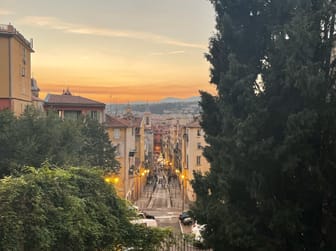Musée du Palais Lascaris
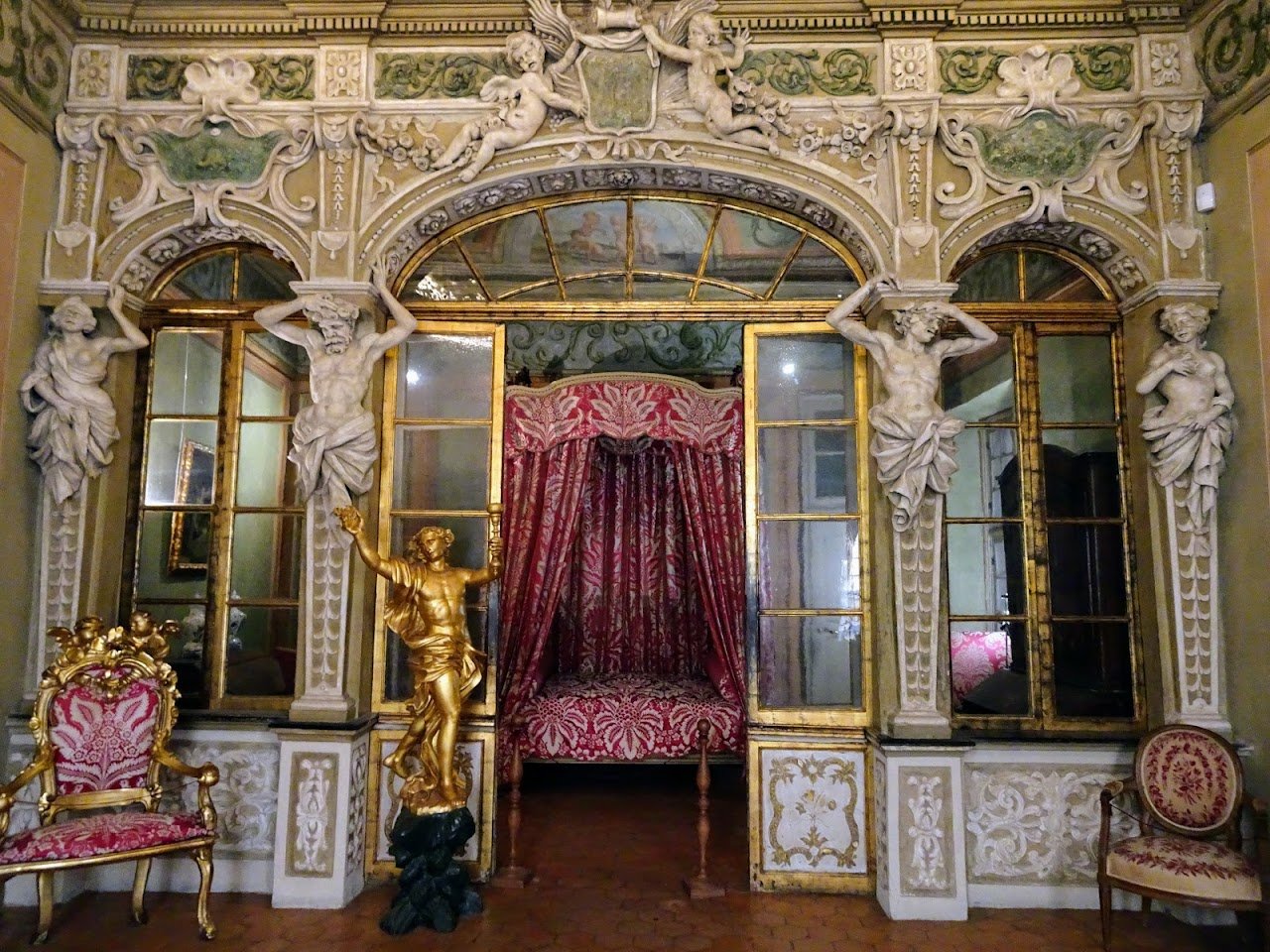

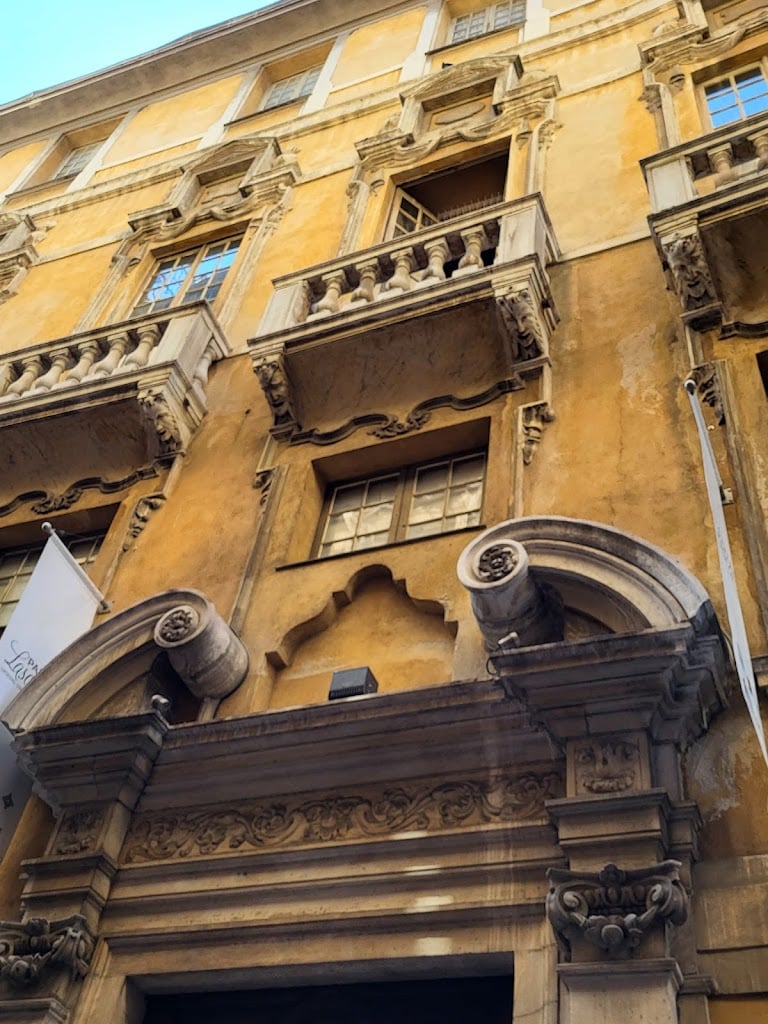
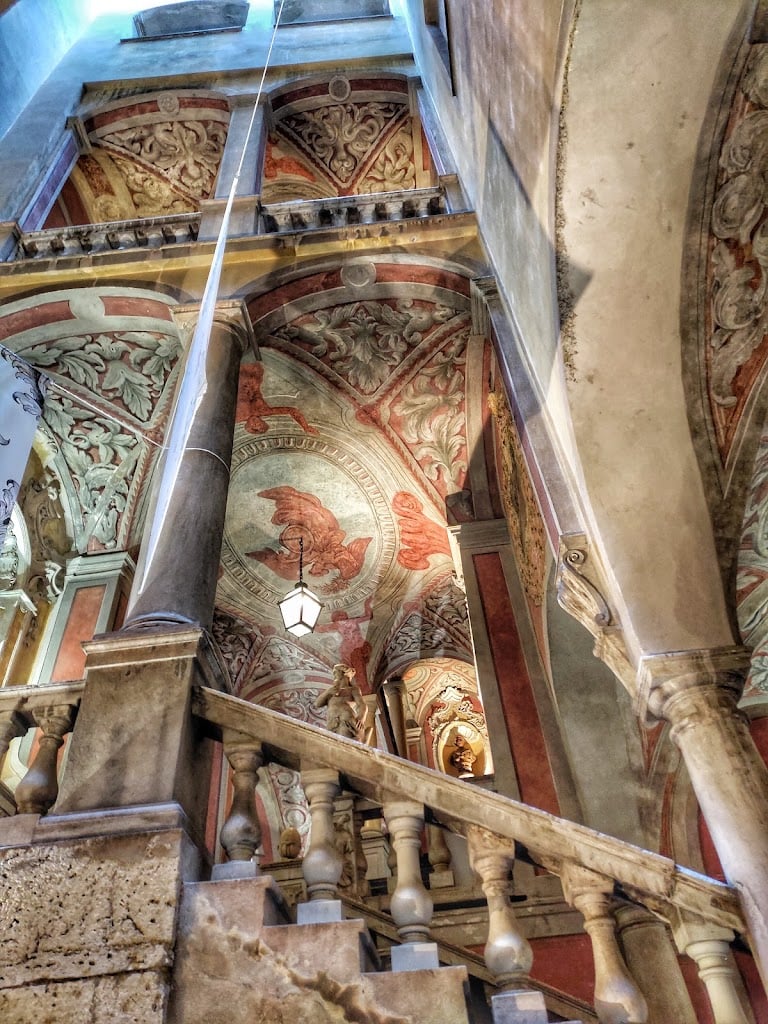
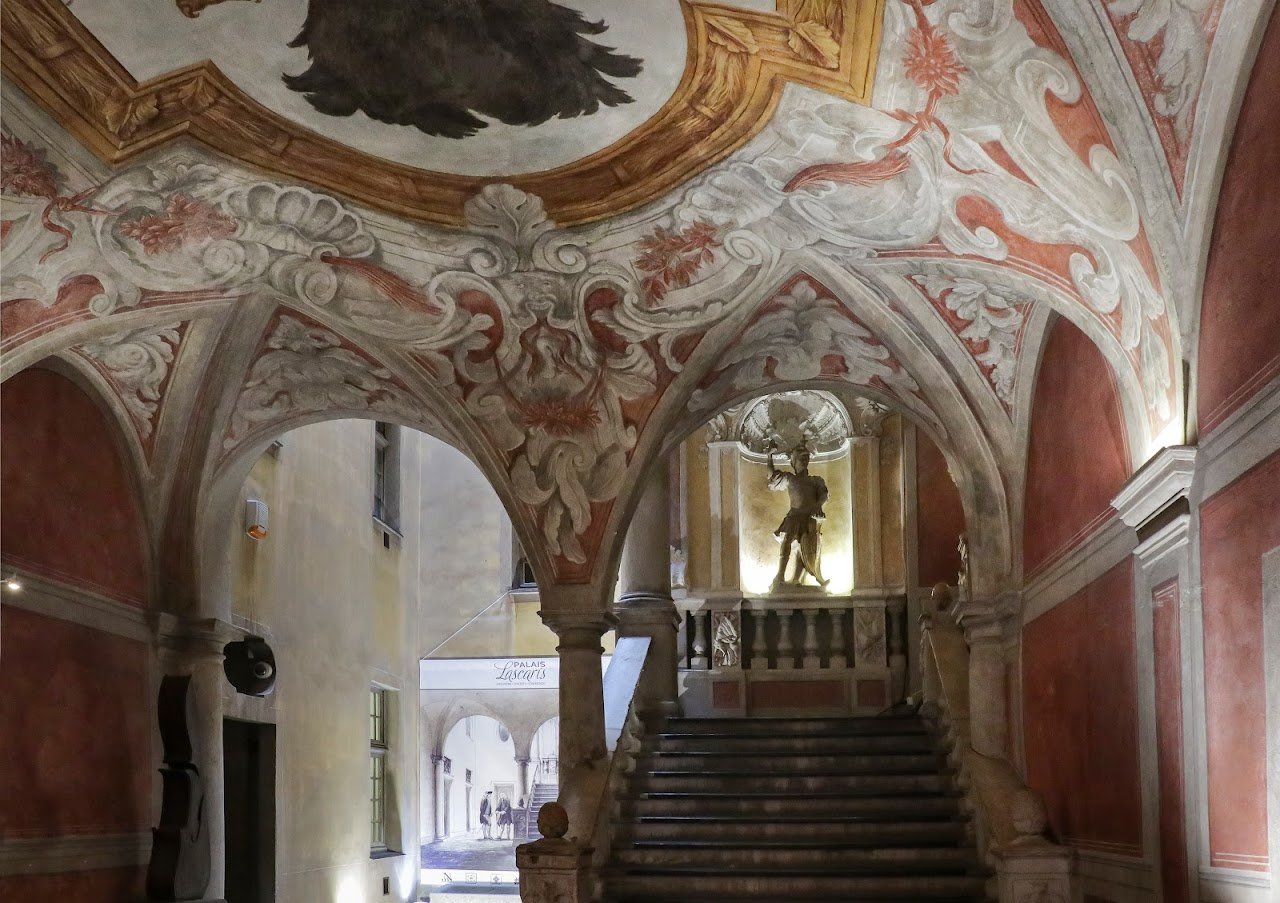
Ask ThatchGPT
Suggest a local expert to plan my trip
Suggest an unique itinerary for my Nice trip
What foods do Nice locals eat
What are some true hidden gems in Nice
Help me brainstorm trip ideas for Nice
Help me plan a family-friendly trip to Nice
What people say
Pedro Pereira
Available for hire
"This aristocratic residence, a masterpiece of the baroque style in Nice, is home to a Museum dedicated to the art and music of the 17th and 18th centuries.
The Palais Lascaris, located in the heart of the old town, is the most remarkable civilian baroque monument in Nice with its monumental staircase, its frescoes and its luxuriously decorated salons. Along with about a dozen religious buildings located nearby, it forms an exceptional group demonstrating the successive phases in the development of baroque architecture from the early 17th century to the end of the 18th century.
The Palais was built in the middle of the 17th century for the Lascaris Vintimille family, one of the leading families of the Nice nobility, considered by Charles Emmanuel II, Duke of Savoy, as the “principalissima” of the County of Nice. The Palais stayed in the Lascaris-Vintimille family until the Revolutionary period. Put up for sale in 1802, it suffered serious damage. Purchased by the City of Nice in 1942, it was listed as a historic monument in 1946. Refurbishment work began in 1963 and was completed in 1970, the year the Palais was definitively opened to the public as a Municipal Museum.
On the piano nobile (main floor), the appartements d’apparat (reception apartments) invite you to discover their ceilings decorated with frescoes depicting mythological themes and stucco work dating from the late 17th century, along with the permanent collection focusing on the 17th and 18th centuries – paintings and graphic arts, sculptures, furniture and objets d’art, and tapestries from Aubusson and Flanders.
The Palais Lascaris is also home to a remarkable collection of antique musical instruments from the Antoine Gautier estate, the second largest public collection in France after the Musée de la Musique in Paris and one of the largest in Europe. In 2013, the Museum also received a prestigious deposit from the Institut de France – the collection of musical instruments that had belonged to Gisèle Tissier-Grandpierre, the famous harpist and friend of Gabriel Fauré.
The Palais Lascaris has been awarded the “Musées de France” label."
Audrey
Available for hire
"Step into the enchanting world of Musée du Palais Lascaris, a hidden gem in Nice that unfolds like a historical tapestry. Housed in a meticulously preserved 17th-century palace, this museum offers a unique journey through time, showcasing the opulence and grandeur of a bygone era.
Wander through lavishly decorated rooms adorned with period furniture, tapestries, and musical instruments that evoke the elegance of the Baroque period. The museum's collection reflects the cultural richness of Nice, allowing visitors to immerse themselves in the artistic and musical heritage of the region.
Musée du Palais Lascaris is not just a museum; it's a portal to a world where art, history, and music converge. Whether you're drawn to the intricate details of Baroque craftsmanship or simply seeking a cultural escape, this museum promises a captivating experience that transports you to the splendor of centuries past."
Read more in:
Flávia Marques
"This museum is likely to be more interesting if you are interested in musical instruments; otherwise, it is not as noteworthy as, say, Musee Massena. Originally a palace constructed in the first half of the 17th century, it is now a small museum in the old part of Nice. The musical instrument collection is the main feature. It also has some beautiful architectural details, especially the ceilings and the staircase. I loved that it’s a bit of a surprise since it’s hard to tell just from the outside what’s inside; it meddles with the other buildings on the narrow streets quite seamlessly, but once you step inside, you figure that there was a palace hidden there in plain sight! "
Read more in:
Mentioned in these guides
About Musée du Palais Lascaris
Get the inside scoop on Musée du Palais Lascaris from local experts, travel creators, and tastemakers. Browse genuine trip notes, Musée du Palais Lascaris reviews, photos, travel guides, and itineraries from real travelers and plan your trip with confidence.
Phone
Save this spot for later or start mapping out a new trip today
Try our AI Travel Assistant and get instant answers to any questions about your trip.
Ask ThatchGPT
